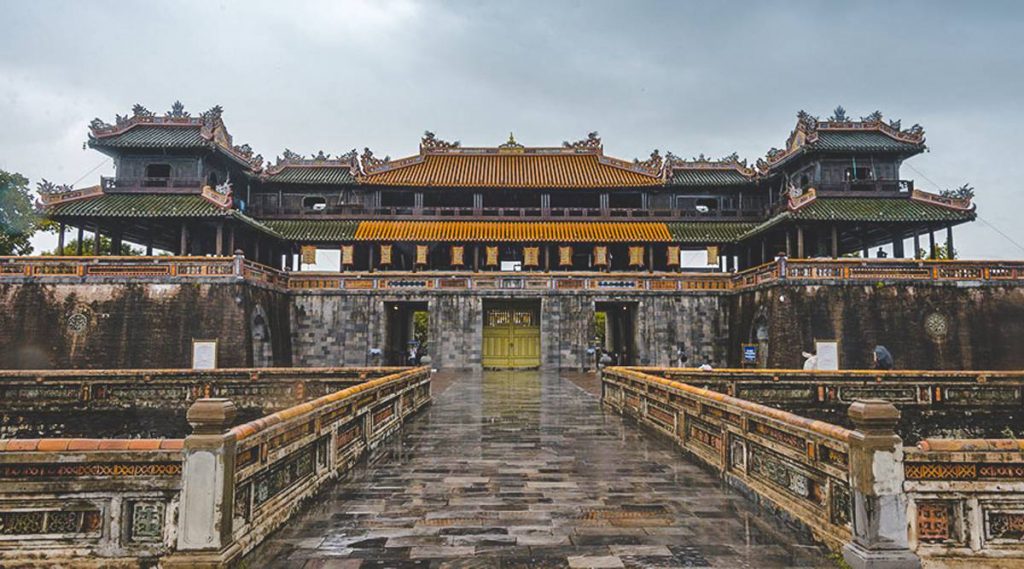Vietnam’s Ethnic Groups: A Glimpse into the Rich Culture in Vietnam
Vietnam is a culturally diverse nation, home to 54 ethnic groups. Each community has its own unique language, traditions, and way of life. Many of the ethnic minorities inhabiting the mountainous regions are collectively referred to as Montagnards or Degar by Westerners. Exploring the rich tapestry of customs and heritage across Vietnam’s ethnic communities provides fascinating insights into the country’s multiculturalism for inquisitive travelers.One of the most captivating aspects of traveling through Vietnam is the incredible ethnic diversity on display. As you journey from the southern delta regions up into the mountainous areas, you’ll encounter myriad indigenous groups, each with their own distinctive traditional dress and customs.
The clothing alone is a vibrant celebration of Vietnam’s multiculturalism. Elaborately patterned textiles, intricate embroidery, and brilliant colors adorn the everyday attire of ethnic minorities like the Hmong, Dao, Tay, and Thai. Each group’s style is completely unique, adding rich splashes of visual interest against the natural backdrops.
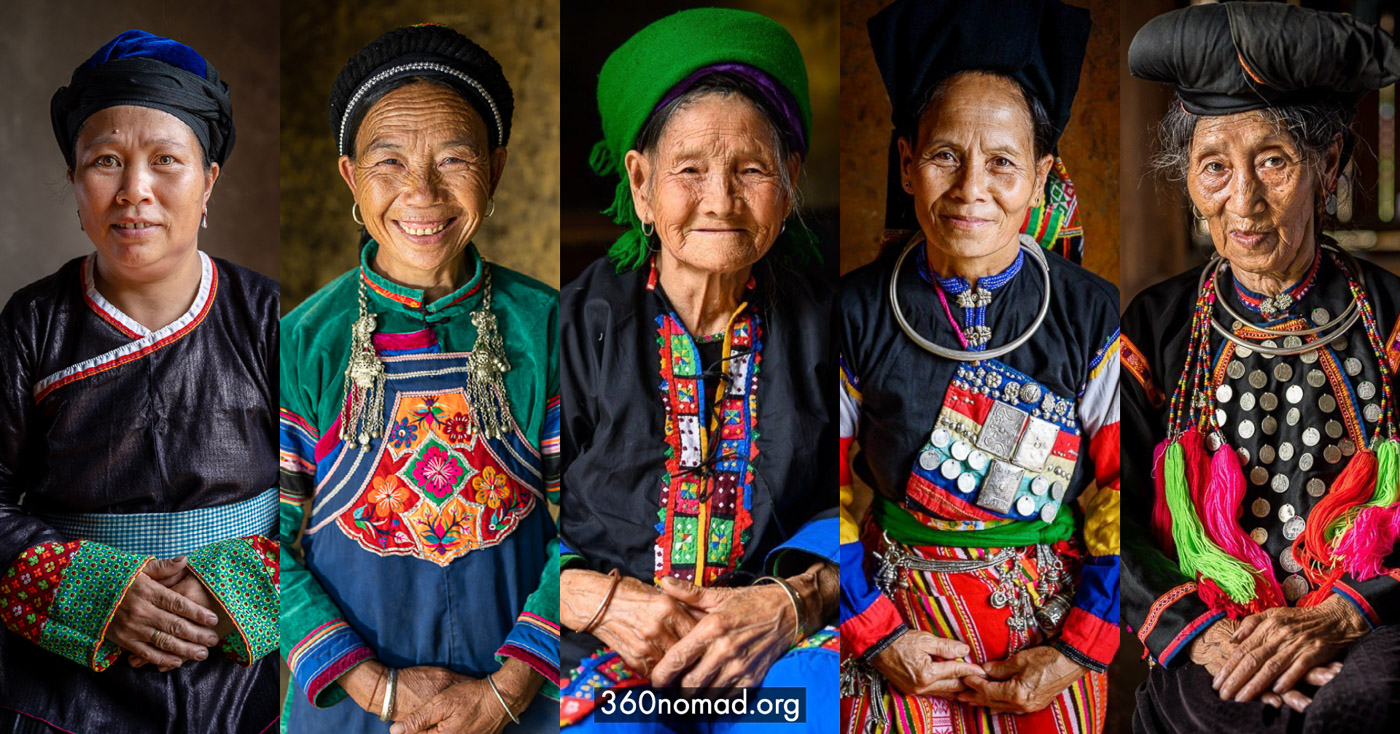
Some of the best opportunities to experience this kaleidoscope of cultures are in the northern provinces like Sapa, Lai Chau, and Dak Lak. In Lai Chau alone, you can find over 20 ethnic groups totaling 300,000 people going about their daily lives in traditional garb. And Dak Lak has the most diversity of any province with 47 recognized ethnic communities.
As a traveler, having the chance to respectfully interact with and learn about these ethnic minority groups is an absolute privilege. Their exquisite handicrafts, fascinating rituals, and wonderfully vibrant fashions allow you to gain a rare window into long-held Southeast Asian cultural traditions. It’s an unforgettable part of the journey through Vietnam.
The majority Kinh (Viet) people are the dominant ethnic group, but it’s the minorities that lend so much color and intrigue. The Tay are famed for their incredible stilt house villages in the north. The Thai people dazzle with their elaborately patterned textiles and traditional attire. The Hmong are renowned masters of embroidery and silversmithing, creating gorgeous handicrafts. And the Dao ethnic artisans are revered for their indigo-dyed fabrics.
This mere sampling hints at the fascinating ethnic mosaic that awaits in Vietnam. Every community has its own enthralling traditions, crafts, and legends to uncover. Exploring their unique cultures and ways of life is an absolute joy for any traveler.
Exploring Vietnamese Cuisine: A Delicious Journey Through Culture in Vietnam
Culinary diversity is a characteristic of culture in Vietnam. Vietnamese cuisine is becoming more and more well-known worldwide for being fresh and healthful. Despite its immense diversity, it may be divided into three main areas based on where it is found in the nation: the north, south, and center. Here, a wide variety of noodles, noodle soups, and spring rolls are popular. It is preferable to use more fresh vegetables and less oil. Frequently used ingredients include fish sauce, soy sauce, basil, and mint. The staple meal, rice, is consumed three times a day. Vietnamese cuisine has a wide variety of flavors, from sweet to sour and spicy. Famous Vietnamese cuisine includes the Noodle Soup, which is made with rice noodles and meat, chicken, fish, or shellfish and originated in North Vietnam.Vietnamese food boasts great regional diversity. In the North, dishes lean toward lighter broths and fresh herbs. Central Vietnam adds heat with chili and spices, while the South is sweeter and richer in flavor. Each region has its own characteristics in cuisine, you should enjoy each locality’s specialties every time you set foot there. For example, Pho, Banh Mi, Bun Cha, Goi Cuon (Spring Rolls),…
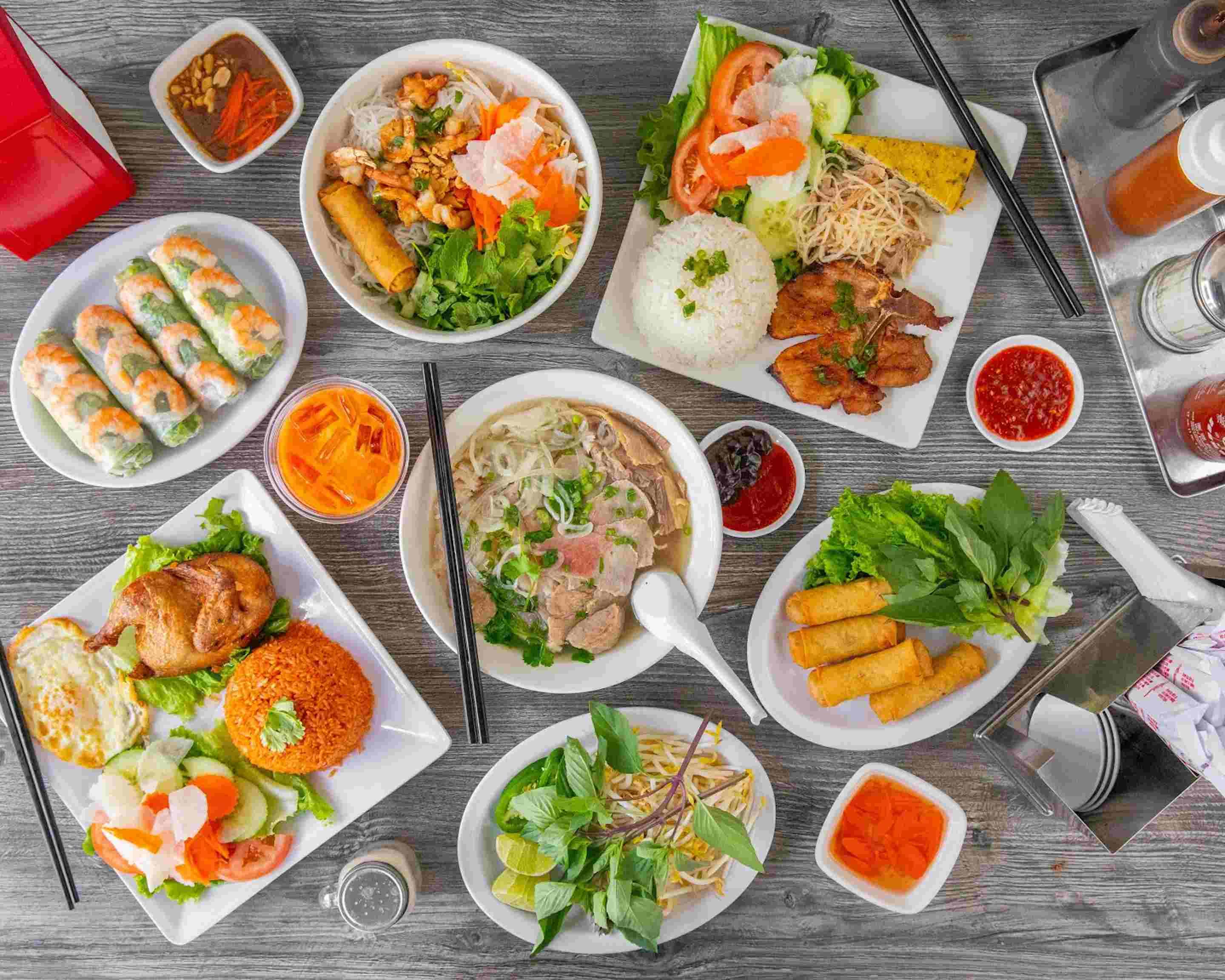
Vietnam’s Festivals: A Vibrant Tapestry of Culture and Traditions
Vietnam is a land brimming with vibrant festivals that celebrate the nation’s rich cultural in Vietnam. At the heart of Vietnam’s festival calendar is the lunar new year celebration of Tet. This joyous holiday sees the entire country erupting in festivities – from the frenzied flower markets of Saigon to the raucous fireworks in Hanoi.
Beyond Tet, myriad other festivals offer windows into Vietnam’s diverse traditions and beliefs. The Hung Kings Festival in Phu Tho province pays tribute to the nation’s mythical founders. The unique Kate Festival illuminates the customs of the Cham ethnic minority in Ninh Thuan. And events like the Perfume Pagoda Festival showcase the spiritual side of culture in Vietnam amidst stunning natural scenery.
Some of the quirkier celebrations truly transport you to another world, like the exhilarating elephant racing of the Hoi Dua Voi in the Central Highlands. The Ba Chua Xu Festival in the Mekong Delta is an incredibly vibrant example of the Hoa ethnic Chinese community’s traditions.
No matter where you travel in Vietnam, you’re likely to stumble upon some sort of lively festival or ritual. Each one allows you to experience the incredible diversity of this nation through music, dance, food, games and ceremonies rich in symbolism.
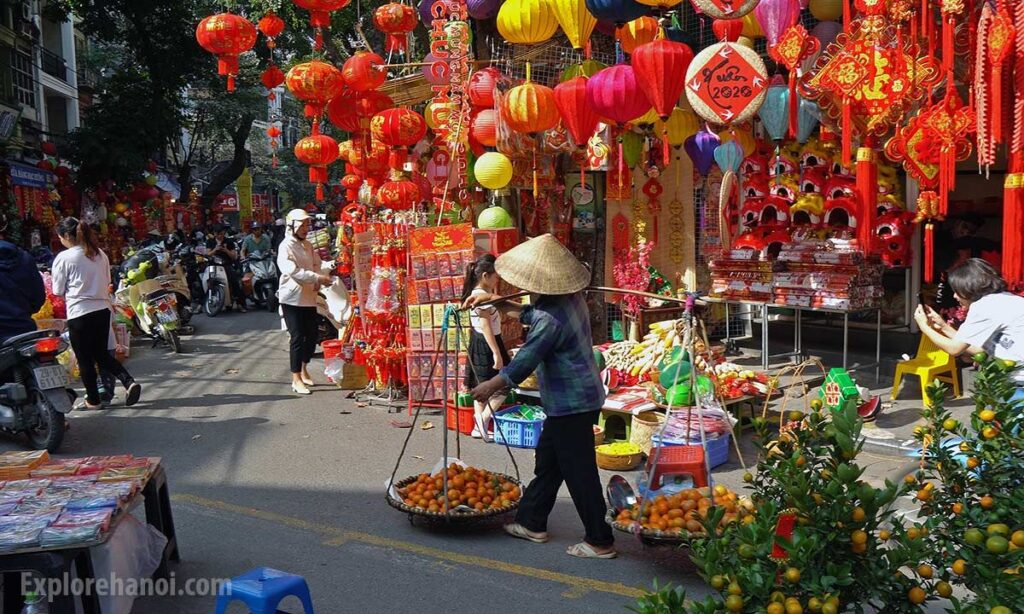
Vietnam’s Traditional Costumes
54 tribes in Vietnam have their unique traditional clothes. Vietnamese traditional clothing saw significant changes over time, primarily due to the personal preferences and desires of the region’s rulers. Before the Nguyen dynasty, the country’s common people had more flexibility to pick what to wear. Several limitations were imposed on the kinds and hues of clothing that the Vietnamese people may wear on a daily basis under the Nguyen Dynasty.Of course, the iconic ao dai is perhaps the most recognizable Vietnamese garment. This elegant tunic dress for women exemplifies grace and beauty with its form-fitting silk silhouette and intricate embroidery. Men’s versions exist as well, though typically more understated.
But Vietnam’s real textile treasures emerge when you explore the culture in Vietnam of the hill tribe ethnic minorities. Groups like the Hmong, Red Dao, and Tay are renowned for their dazzlingly vibrant traditional dress. Elaborate batik dying, intricate embroidery, vibrant appliqué work, and skillful weaving all come together in a kaleidoscope of patterns rich with symbolic meaning.
Just attending an ethnic minority festival is like stumbling into a living gallery of wearable art. Witnessing a Hmong bride’s show stopping cape covered in delicate needlework, indigo-dyed Dao jackets shimmering with zinnia motifs, or a Tay woman’s dazzling turban and pleated skirt is truly a privilege.
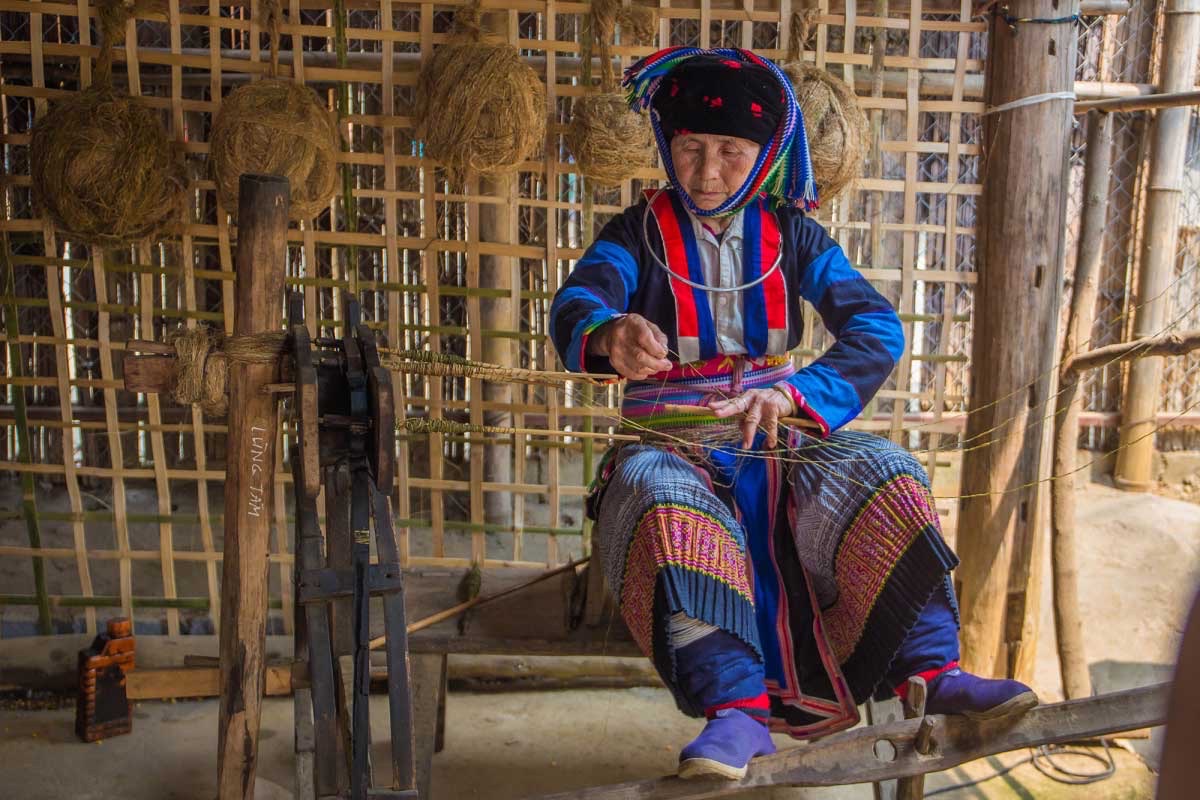
More than just clothing, these magnificent handcrafted costumes represent a priceless connection to Vietnam’s culture in Vietnam and the history of its ethnic minorities. They preserve centuries-old techniques, cultural iconography, and the indomitable spirit of indigenous communities. Getting the chance to admire and learn about this living, wearable artistry firsthand has been one of the most special experiences in my travels.
Whether donned for festivals, weddings or just everyday life, Vietnam’s traditional dress endures as a radiant tapestry of the nation’s diverse ethnic identities.
Vietnam’s traditions and beliefs
At the heart of Vietnam’s beliefs is Buddhism, which first arrived over 2,000 years ago via Indian missionaries. With around 12 million followers, it remains the predominant religion today. Ornate pagodas and serene monasteries dot the countryside, providing spaces for meditation, worship and study of the dharma.
The philosophical teachings of Taoism and Confucianism from China also suffused Vietnamese society over the centuries. Taoist temples celebrate the unity of humans and nature, while Confucian values around hierarchy, morality and social harmony still undergird cultural norms.
More recently, Catholicism and Christianity made inroads during the French colonial period, with beautiful ancient cathedrals now standing as emblems of those spiritual influences. The exotic Cao Dai sect also emerged, blending Eastern and Western philosophies.
Vietnamese Music & Dance
Music and dance are an integral part of Vietnam’s vibrant cultural tapestry, varying richly across the country’s diverse regions.
Up in the northern reaches, the classical music showcases a more formal, antiquated style steeped in history. Performances of Ca Tru “chamber music” provide an evocative glimpse into ancient court life with their ornate costumes, poetic lyrics and stringed lute accompaniment. The stately melodies transport you back centuries.
But head further south, and the musical landscape becomes increasingly lively and folk-infused. In the Central provinces, you’ll encounter the lingering echoes of the ancient Champa culture through unique instrumental styles and spirited percussive beats. The region’s courts were known for their lavish musical spectacles in a bygone era.
In the Mekong Delta, music takes on an intoxicating celebratory flair. Lively lion dances and exuberant drums pulsate at festivals, while farmers croon traditional folk songs in the fields. The southern regions embraced more external influences over time, interweaving rhythms and instruments from neighboring Cambodia and China.
No matter where you go in Vietnam, the sheer variety of ethnic minorities ensures an incredible diversity of musical expression. Each group has its own distinctive instruments, dances, and songs intrinsically tied to their cultural identity. From the Hmong’s bamboo lip-reed pipes to the Thai’s hypnotic heel-kicking dances, experiencing these age-old performance traditions feels like uncovering ancient secrets.
Vietnam’s traditional architecture
Vietnamese traditional architecture is evidence of the nation’s innovation in adjusting to its many climates and geographies, as well as its rich cultural legacy. Vietnamese architecture, which has its roots in centuries-old customs, is distinguished by its respectful coexistence with the natural world and spiritual beliefs. Furthermore, the nation’s creative dexterity and spiritual dedication are reflected in the superb workmanship and minute details of Vietnamese architecture found in pagodas, temples, and community housing.The most famous architectural work of art is the royal City of Hue, which is recognized as a UNESCO World Heritage Site and is famed for its elaborate palaces, imposing citadel, and royal tombs. It stands for the magnificent architecture of Vietnam’s former feudal era.